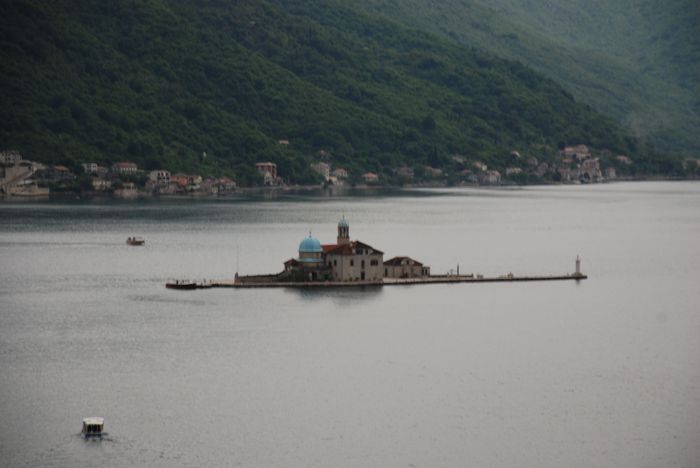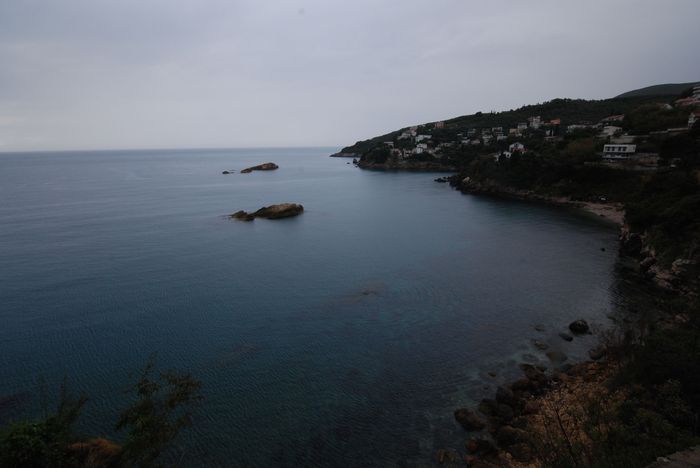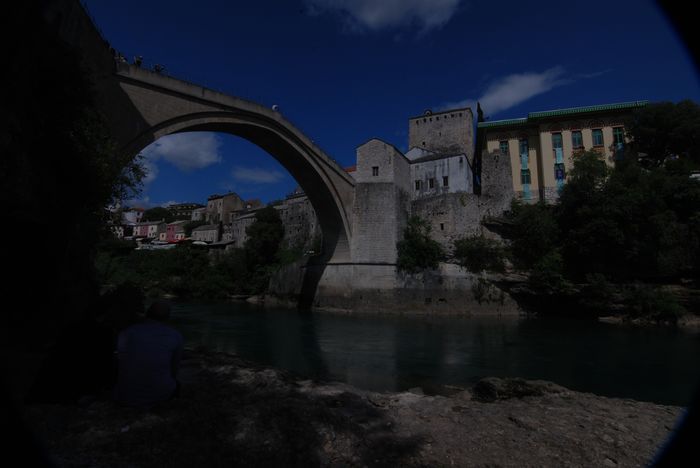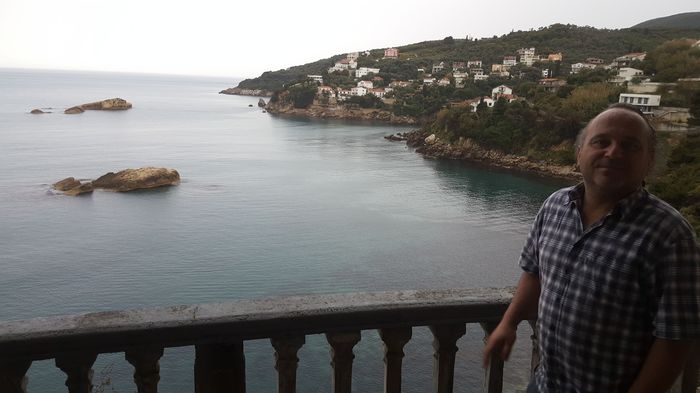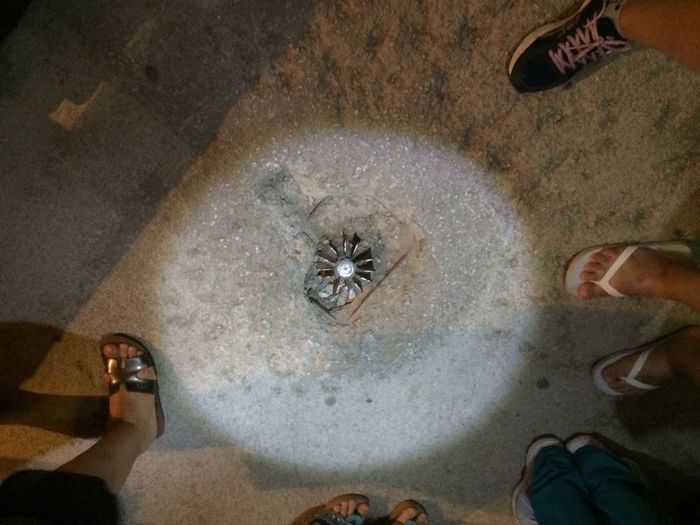The intellectual commerce between England and France from (let us say) 1725 to 1790 is one of the most memorable episodes in the history of the human mind. The two generations which followed the visit of Voltaire to England formed an intellectual alliance between the leading spirits of our two nations: an alliance of amity, offensive and defensive, scientific, economic, philosophical, social, and political, such as had not been seen since the days of the Greco-Roman education or the cosmopolitan fellowship of mediaeval universities. Voltaire, Montesquieu, Hume, Adam Smith, Franklin, Turgot, Quesnay, Diderot, Condorcet, d’Argen- son, Gibbon, Washington, Priestley, Bentham—even Rousseau, Mabli, Mirabeau, and Jefferson — belonged to a M
Republic of Ideas, where national character and local idiosyncrasy could indeed be traced in each, but where the essential patriotism of humanity is dominant and supremesofia sightseeing
.
In England, Pitt; in Prussia, Frederick; in Austria, Joseph; in Tuscany, Leopold; in Portugal, Pombal; in Spain, d’Aranda; all laboured to an end, essentially similar, in reforming the incoherent, unequal, and obsolete state of the law; in rectifying abuses in finance; in bringing some order into administration, in abolishing some of the burdens and chains on industry; in improving the material condition of their states; in curbing the more monstrous abuses of privilege; and in founding at least the germs of what we call modem civilised government. Some of these things were done ill, some well, most of them tentatively and with a naive ignorance of the tremendous forces they were handling, with a strange childishness of conception, and in all cases without a trace of suspicion that they were changing the sources of power and their political constitution. And in all this the rulers were led and inspired by a crowd of economical and social reformers who eagerly proclaimed Utopia at hand, and who mistook generous ideals for scientific knowledge. For special causes the great social evolution concentrated itself in France towards the latter half of the eighteenth century; but there was nothing about it exclusively French.
Socially and economically viewed, it was almost more English and Anglo-American than French; intellectually and morally viewed, it was hardly more French than it was English. Hume, Adam Smith, Burke, and Priestley are as potent in the realm of thought as Diderot, Montesquieu, Rousseau, and Condorcet. And in the realm of social reform, Europe owes as much to Bentham, Howard, Clarkson,- Franklin, Washington, Pitt, and Frederick, as it does to Turgot, Mirabeau, Girondins, Cordeliers, or Jacobins. The ‘ ideas of ’89/ were the ideas of the best brains and most humane spirits in the advanced nations of mankind. All nations bore their share in the labour, and all have shared in the fruits.
But if the revolution were so general in its preparation, why was the active manifestation of it concentrated in France? and why was France speedily attacked by all the nations of Europe?
Two questions may be answered
These two questions may be answered in two words. In France only were the old and the new elements ranged face to face without intermixture or con-tact, with nothing between them but a decrepit and demoralised autocracy. And no sooner had the inevitable collision begun, than the governments of Europe were seized with panic as they witnessed the fury of the revolutionary forces. In England the Reformation, the Civil War, the Revolution of 1689, and the Hanoverian dynasty had transferred the power of the monarchy to a wealthy, energetic, popular aristocracy, which had largely abandoned its feudal privileges, and had closely allied itself with the interests of wealth.
During two centuries of continual struggle and partial reform, a compromise had been affected in Church and in State, wherein the claims of king, priest, noble, and merchant had been fused into a tolerable modus vivendi. In France the contrary was the case. During two centuries the monarchy had steadily asserted itself as the incarnation of the public, claiming for itself all public rights, and undertaking (in theory) all public duties; crushing out the feudal authorities from all national duties, but guaranteeing to them intact the whole of their personal privileges.
As it had dealt with the aristocracy so it dealt with the Church; making both its tool, filling both with corruption, and giving them in exchange nothing but license to exploit the lay commonalty. The lay commonalty naturally expanded in rooted hostility to the privileged orders, and to the religious and hereditary ideas on which privilege rested. It grew stronger every day, having no admixture with the old orders, no points of contact, having no outlet for its activity, harassed, insulted, pillaged, and rebuffed at every turn, twenty-six millions strong against two hundred thousand; all distinctions, rivalries, and authority, as amongst this tiers uniformly crushed by the superincumbent weight of Monarchy, Church, and Privilege.


